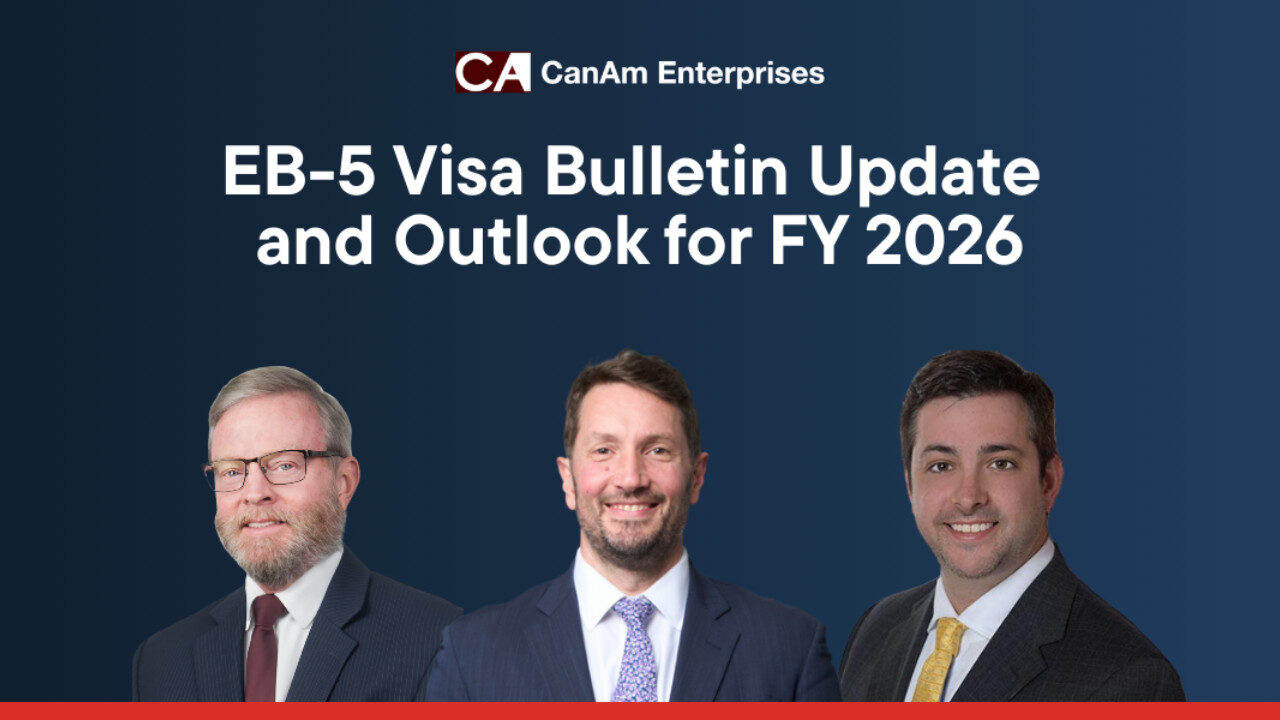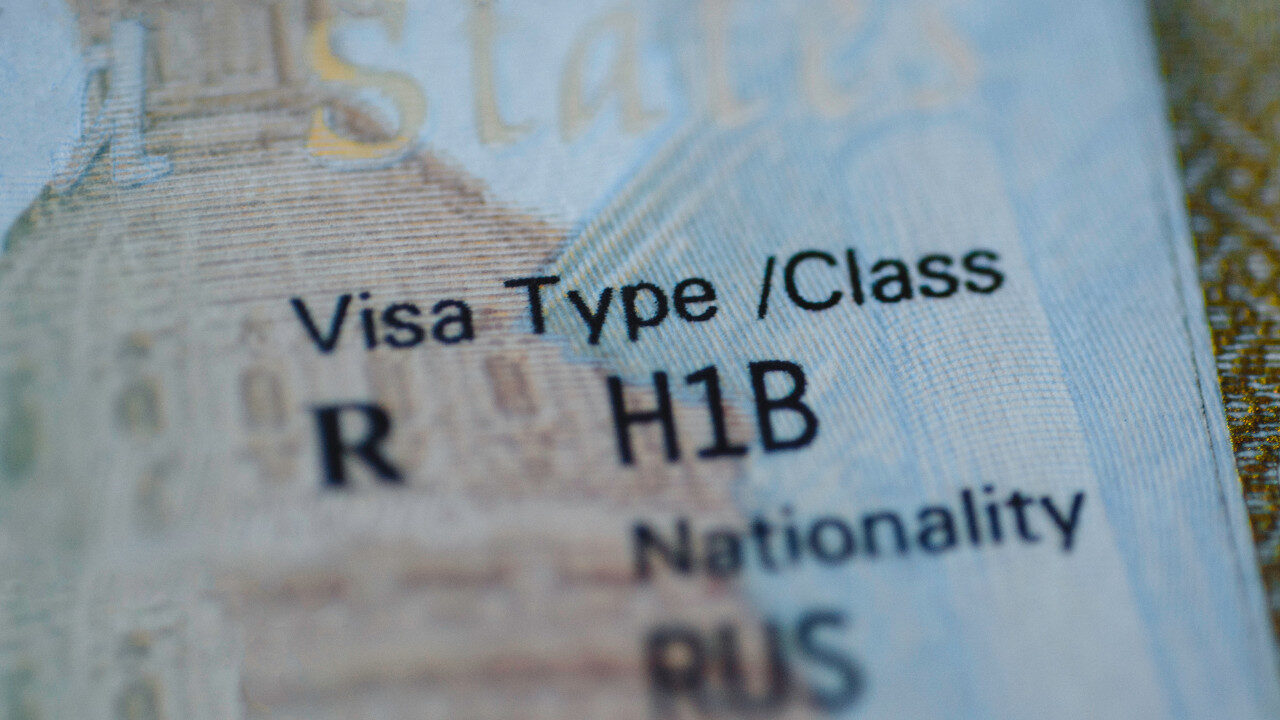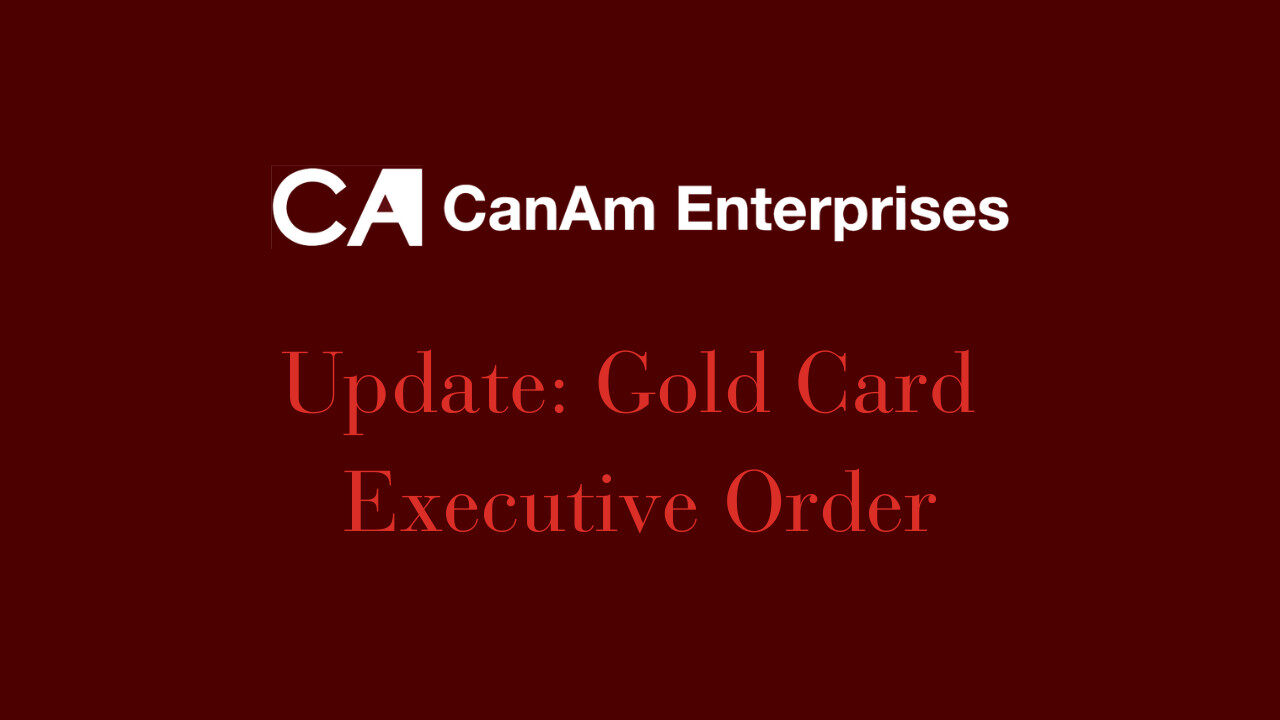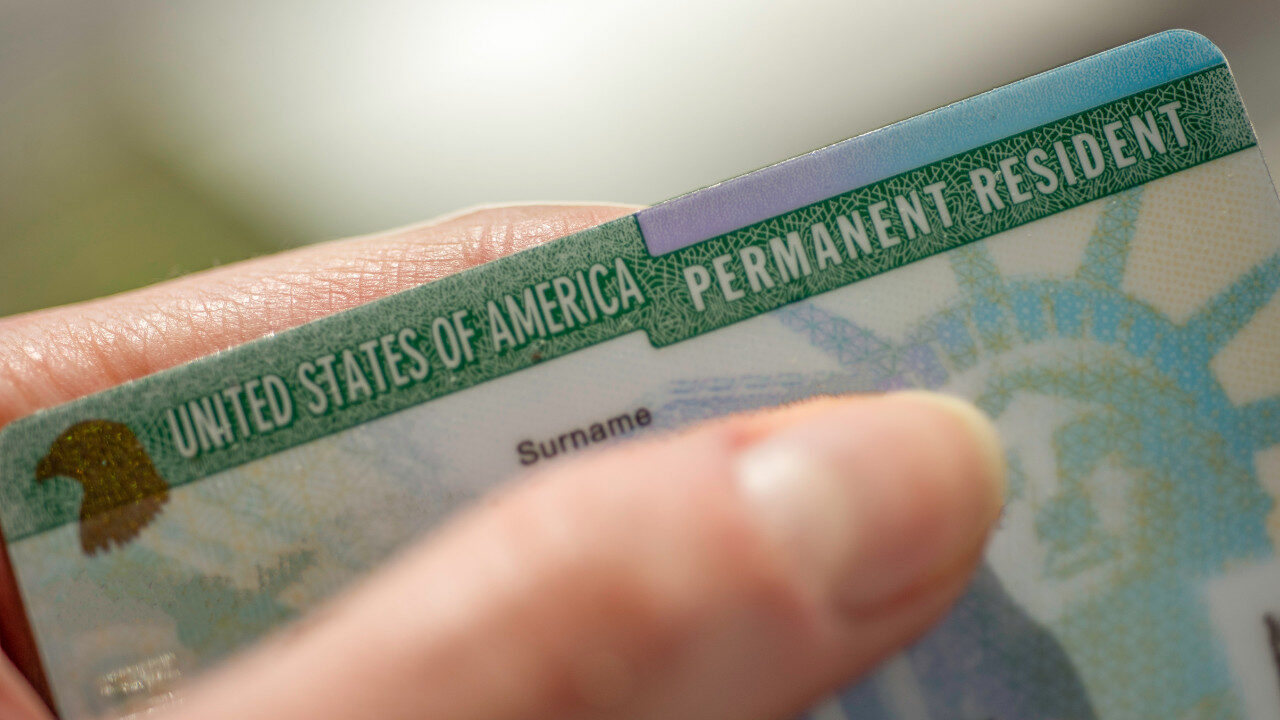For many EB-5 investors, the wait between filing an EB-5 petition and being able to live, study, or work in the United States can feel like the longest part of the journey. Fortunately, a change introduced by U.S. Citizenship and Immigration Services (USCIS) has made that wait significantly shorter for eligible applicants. Known as EB-5 concurrent filing, this option allows investors and their families to take major steps toward U.S. residency much earlier in the process.
In this blog, we’ll explain what concurrent filing is, why it matters, and answer the key question many investors ask: is concurrent filing faster?
What Is EB-5 Concurrent Filing?
In March 2022, as part of the EB-5 Reform and Integrity Act (RIA), USCIS concurrent filing became available to certain EB-5 investors. This policy allows investors who are already in the U.S. on another valid visa to file two critical applications at the same time:
- Form I-526E – the immigrant petition by EB-5 investor.
- Form I-485 – the application to adjust status to permanent resident (green card holder).
Before this change, EB-5 investors had to wait until their I-526E was approved before submitting the I-485. That process often added years of delay before they could access key immigration benefits.
Why Concurrent Filing Matters
The benefits of EB-5 concurrent filing extend well beyond cutting wait times:
- Work Authorization (EAD): Investors and their eligible family members can apply for employment authorization while waiting for their I-526E petition to be adjudicated.
- Travel Freedom (Advance Parole): Applicants can also request advance parole, which allows them to travel outside the U.S. and re-enter without jeopardizing their green card process.
- Stability in the U.S.: For students and professionals already on temporary visas, concurrent filing provides peace of mind by removing the stress of renewals and status expirations.
Is Concurrent Filing Faster?
The short answer: yes, concurrent filing is faster—but with an important distinction.
Concurrent filing does not speed up the approval of the I-526E petition itself. USCIS continues to process EB-5 petitions based on visa availability and country of origin. However, what it does fast-track is access to interim benefits. Instead of waiting years before being able to work, travel, and live more freely in the U.S., eligible EB-5 investors can secure those privileges within months of filing.
For many, this represents the difference between a prolonged wait on the sidelines and beginning life in the U.S. much sooner.
Who Can Take Advantage of USCIS Concurrent Filing?
Concurrent filing is only available to EB-5 investors who:
- Are physically present in the U.S. on a valid non-immigrant visa.
- Have an available visa number in the EB-5 category, as indicated by the monthly Visa Bulletin.
- File Form I-485 at the same time as Form I-526E, or while their I-526E is pending.
For investors abroad, this option is not currently available, as they must complete consular processing instead.
Strategic Benefits for EB-5 Investors
For families planning their future, EB-5 concurrent filing creates valuable flexibility:
- International students can continue their studies without fear of losing status.
- Professionals can begin careers in the U.S. while their green card application is pending.
- Families gain more certainty and stability, knowing they are already on the path to permanent residency.
This combination of immigration security and faster access to benefits is why concurrent filing has become such an important feature of today’s EB-5 program.
Final Thoughts
Concurrent filing has transformed the EB-5 process by giving investors earlier access to work permits, travel authorization, and stability in the U.S. While it doesn’t shorten USCIS processing times for the I-526E itself, it does make the EB-5 journey faster and more practical for those who qualify.
At CanAm Enterprises, we’ve guided thousands of investors through EB-5 and understand how valuable this option can be. If you’re asking, “is concurrent filing faster?” the answer is clear: it’s the best way to fast-track your EB-5 entry into the United States.





